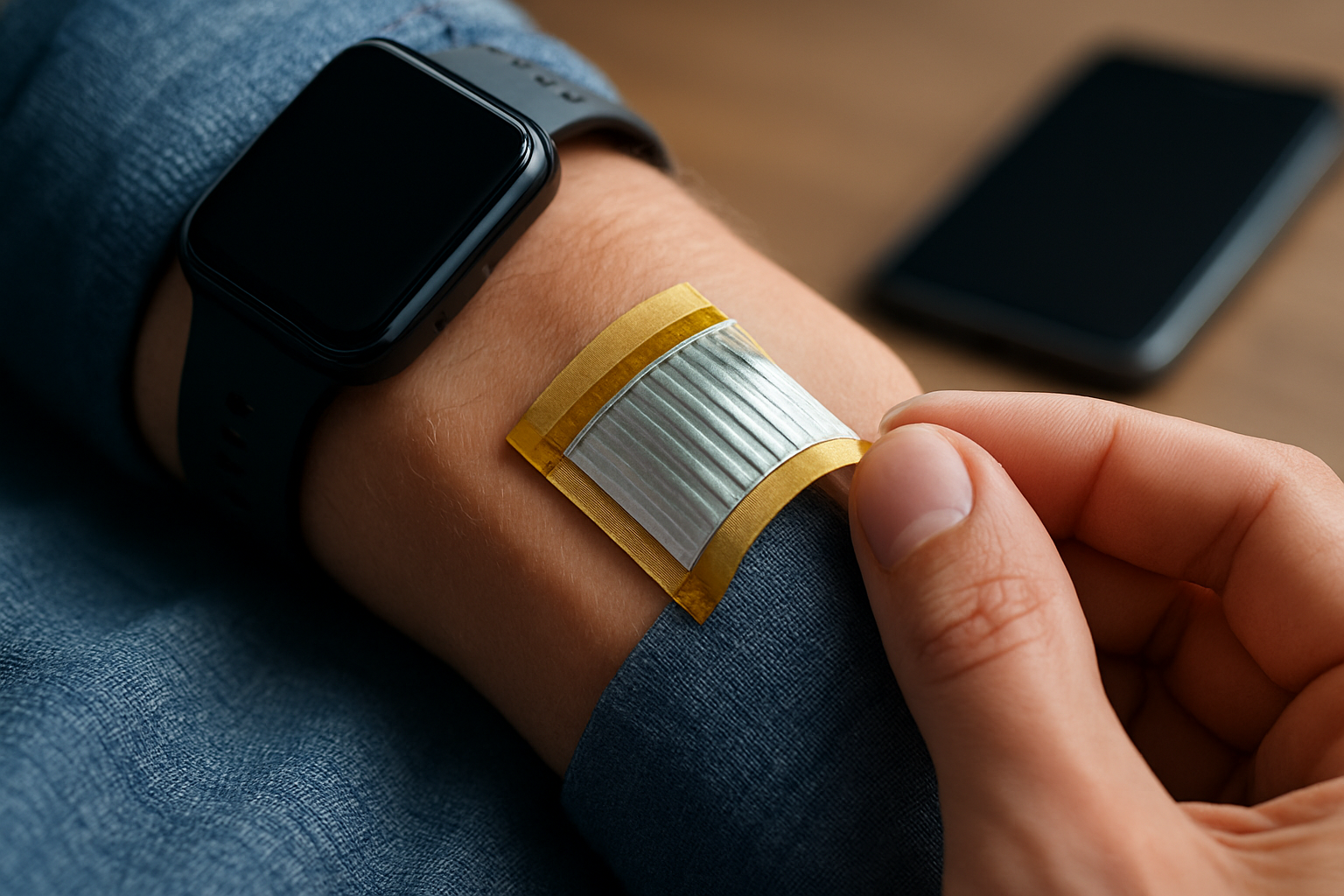Flexible Batteries: Powering the Next Wave of Wearable Tech
In a world where our devices are becoming increasingly integrated into our daily lives, the quest for more adaptable power sources has led to an exciting breakthrough: flexible batteries. These innovative power cells are set to revolutionize wearable technology, medical devices, and even smart textiles. As we delve into this cutting-edge development, we'll explore how these bendable energy sources are shaping the future of portable electronics and opening up new possibilities for product design.

How Flexible Batteries Work
At their core, flexible batteries utilize similar electrochemical principles as their rigid counterparts. The key difference lies in the materials and construction. Instead of using rigid metal casings and liquid electrolytes, flexible batteries employ polymer electrolytes and thin, pliable electrodes. These components are layered and sealed within a flexible polymer casing, allowing the entire unit to bend and flex while maintaining its electrical properties.
Applications in Wearable Technology
The most immediate and exciting application for flexible batteries is in the realm of wearable technology. Smartwatches, fitness trackers, and health monitoring devices can benefit greatly from these pliable power sources. With flexible batteries, manufacturers can create sleeker, more comfortable designs that conform to the natural contours of the human body. This not only improves user comfort but also opens up new possibilities for integrating technology seamlessly into our daily lives.
Medical Innovations Powered by Flexibility
In the medical field, flexible batteries are enabling the development of advanced implantable devices and smart bandages. Pacemakers and other implants can be designed with a more anatomically friendly form factor, reducing discomfort and the risk of complications. Smart bandages equipped with flexible batteries can monitor wound healing, deliver medication, and even communicate with healthcare providers in real-time, all while maintaining a low profile and conforming to the patient’s body.
The Future of Smart Textiles
Perhaps one of the most intriguing applications of flexible battery technology is in the realm of smart textiles. Imagine clothing that can charge your phone, monitor your vital signs, or adjust its temperature based on the environment – all powered by batteries woven seamlessly into the fabric. Flexible batteries are making this science fiction scenario a tangible reality. From solar-powered jackets to self-heating gloves, the possibilities for smart, energy-independent clothing are vast and exciting.
Overcoming Technical Challenges
While the potential of flexible batteries is immense, there are still hurdles to overcome. One of the primary challenges is maintaining energy density and power output comparable to traditional batteries while achieving the desired flexibility. Researchers are exploring various materials and manufacturing techniques to improve the performance and durability of these bendable power sources. Additionally, scaling up production to meet potential demand remains a significant challenge that the industry is actively addressing.
Environmental Considerations
As with any new technology, the environmental impact of flexible batteries is a crucial consideration. The good news is that many of the materials used in flexible batteries are potentially more environmentally friendly than those in traditional lithium-ion cells. Some designs incorporate biodegradable components, while others focus on using abundant, non-toxic materials. As the technology matures, sustainability is likely to become an increasingly important factor in its development and adoption.
The Road Ahead for Flexible Power
The market for flexible batteries is poised for significant growth in the coming years. Industry analysts project that the global flexible battery market could reach several billion dollars by 2025, driven by increasing demand for wearable devices and IoT applications. As manufacturing processes improve and costs decrease, we can expect to see flexible batteries becoming more prevalent in consumer electronics and beyond.
In conclusion, flexible batteries represent a significant leap forward in portable power technology. By enabling new form factors and improving the integration of technology into our daily lives, these bendable energy sources are set to power the next generation of wearable devices, medical implants, and smart textiles. As research continues and applications expand, flexible batteries may well become the unsung heroes of our increasingly connected and mobile world.





